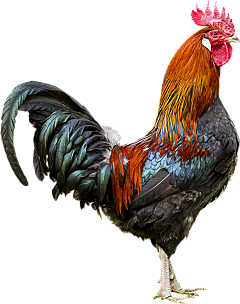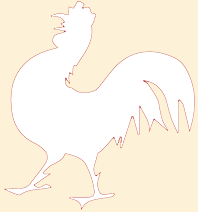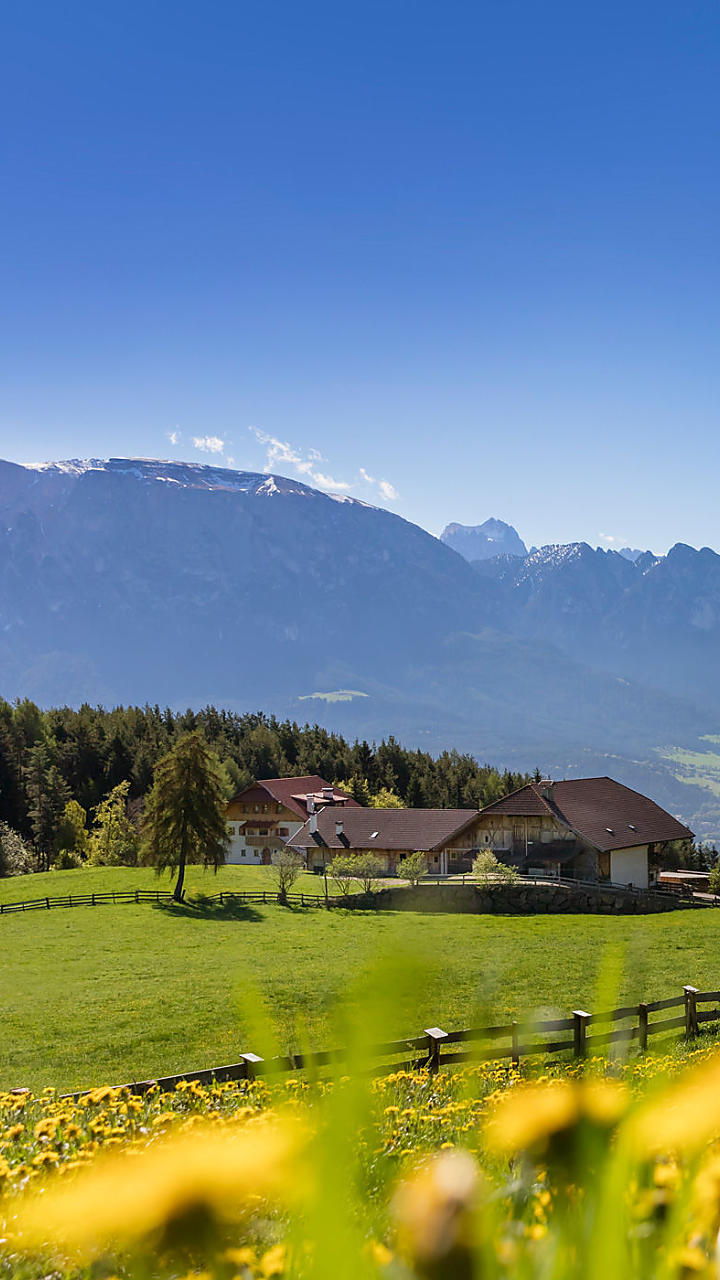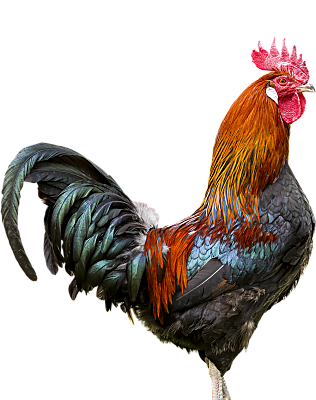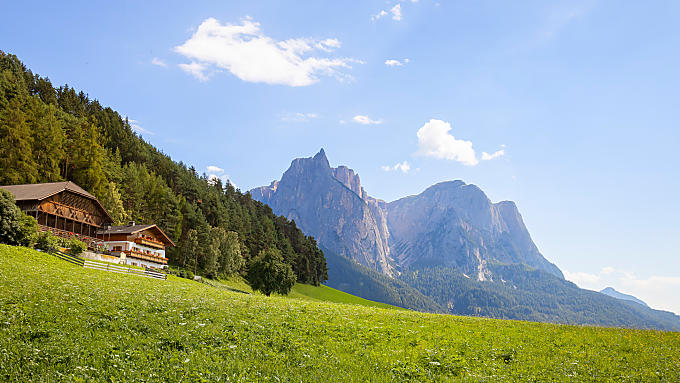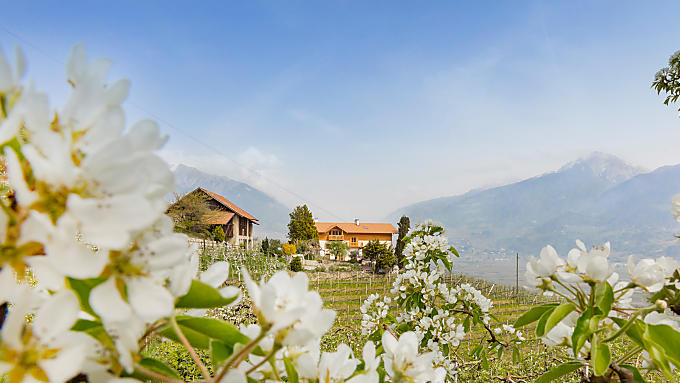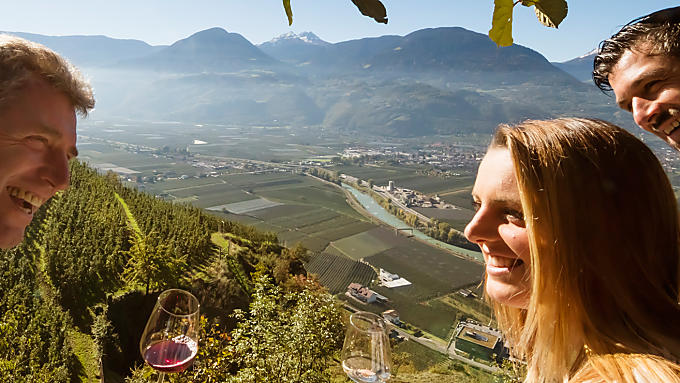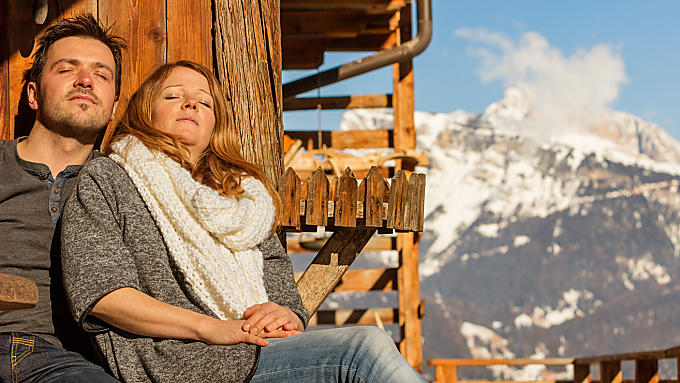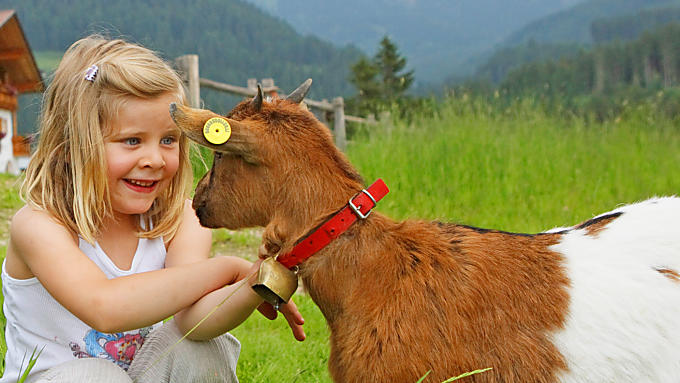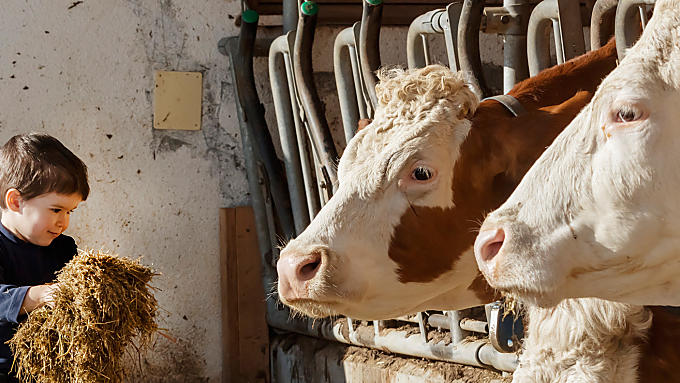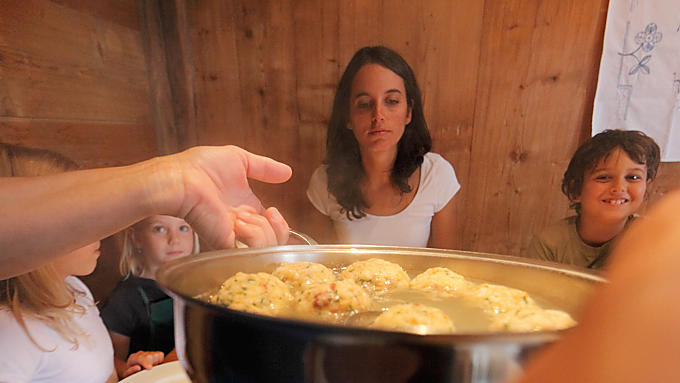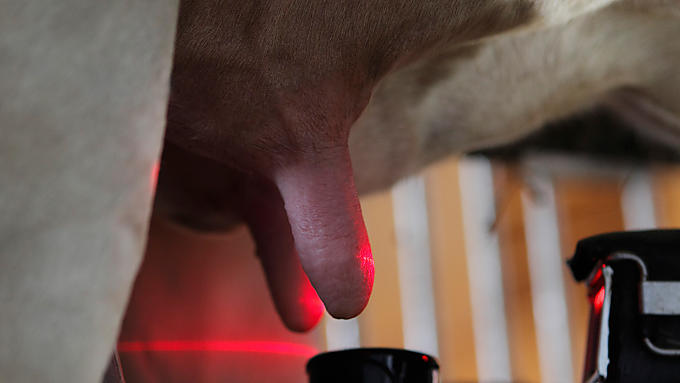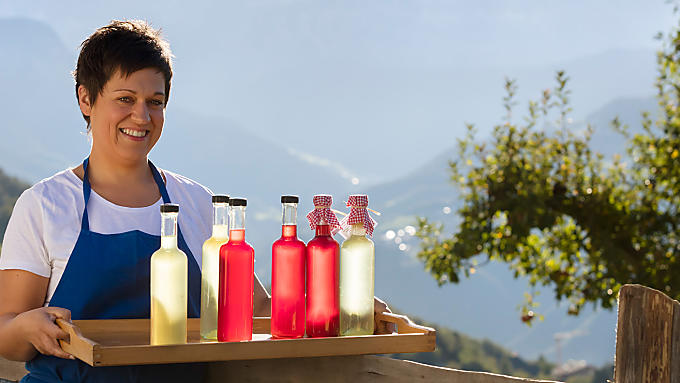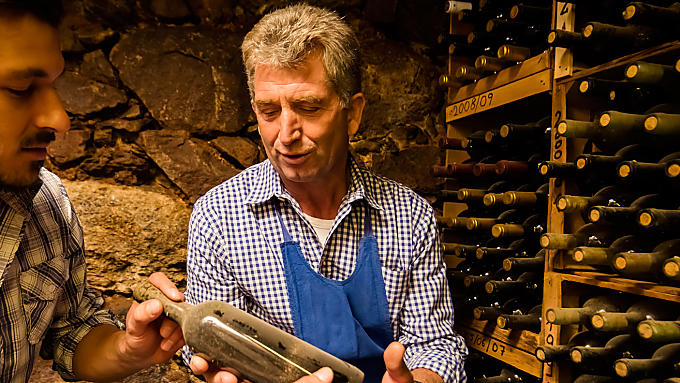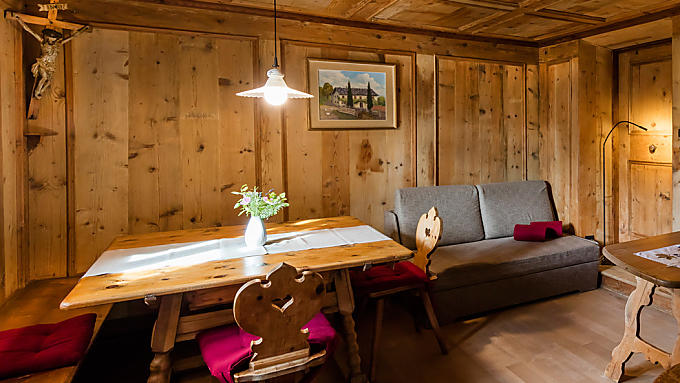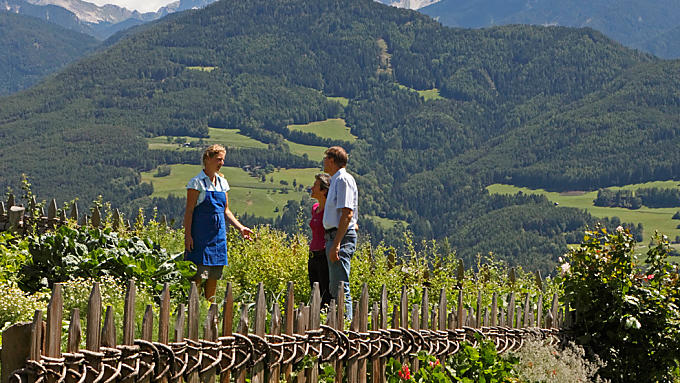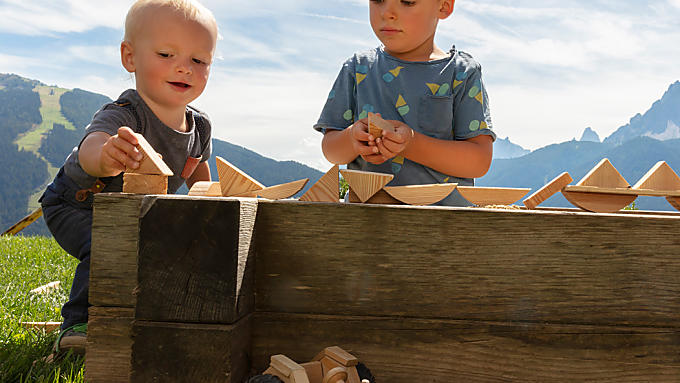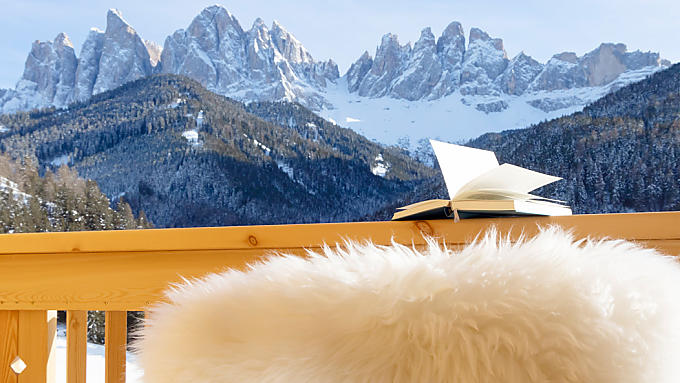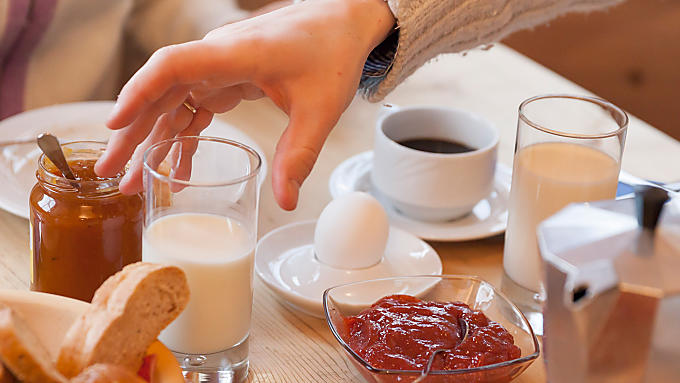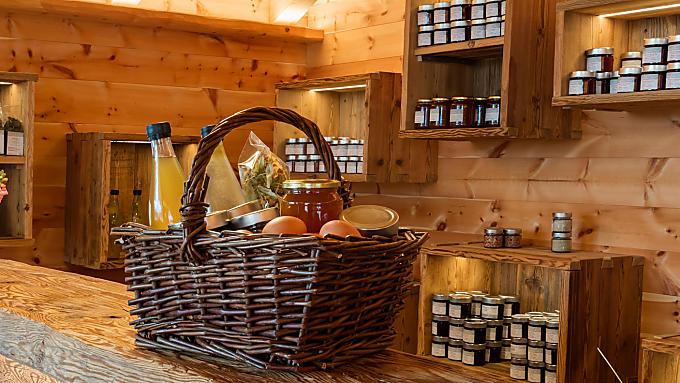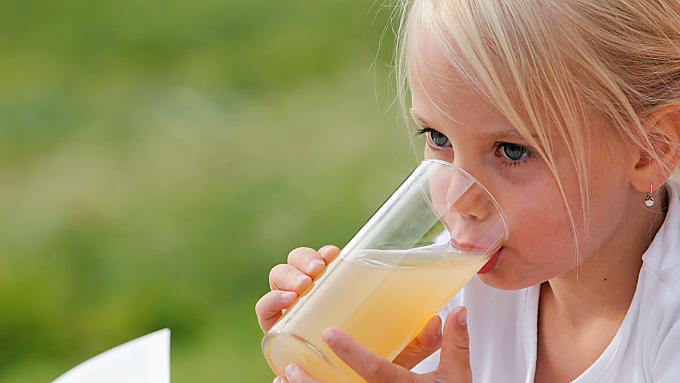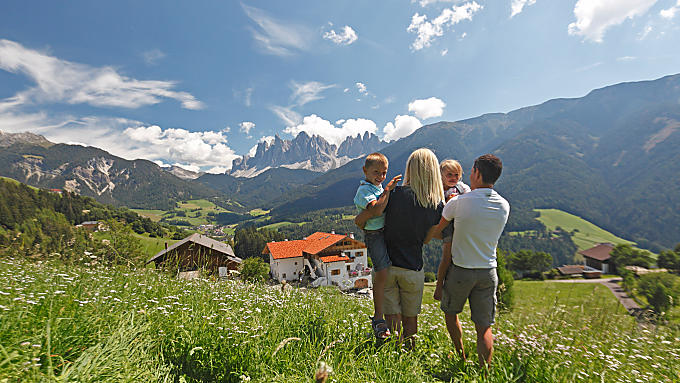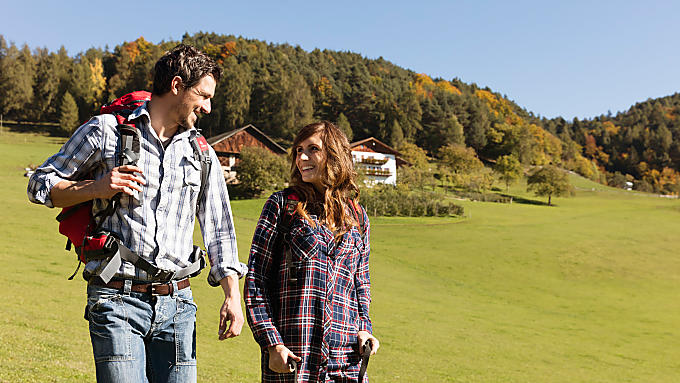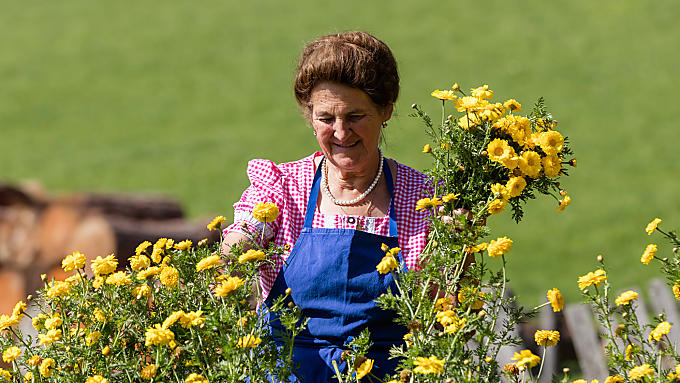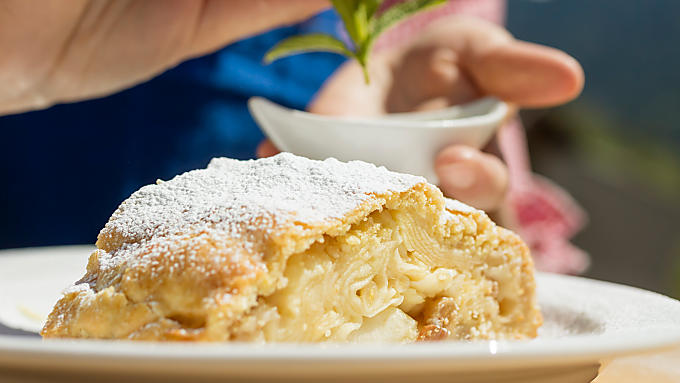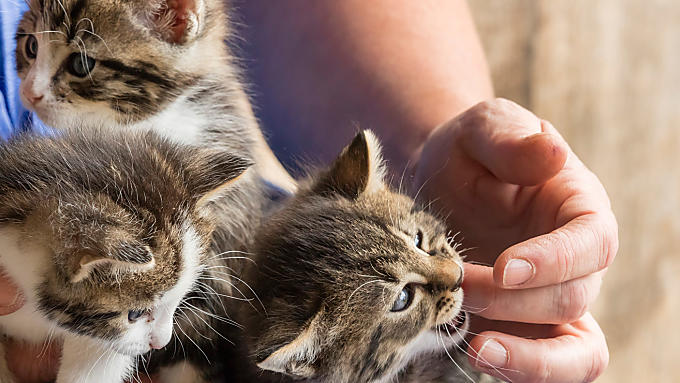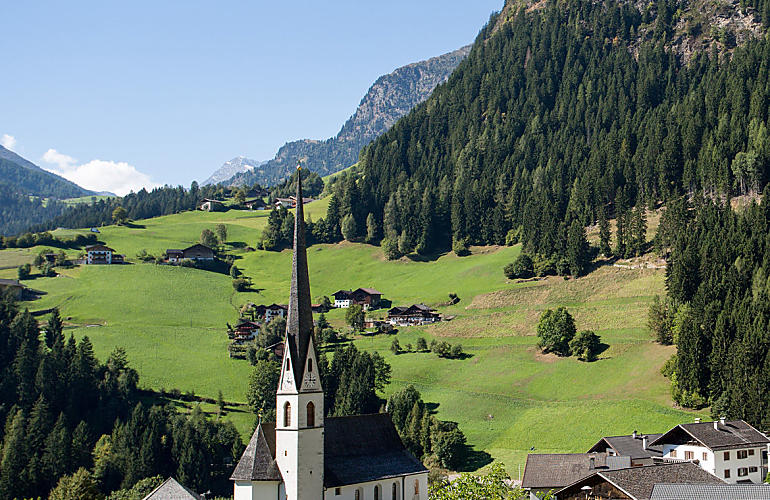
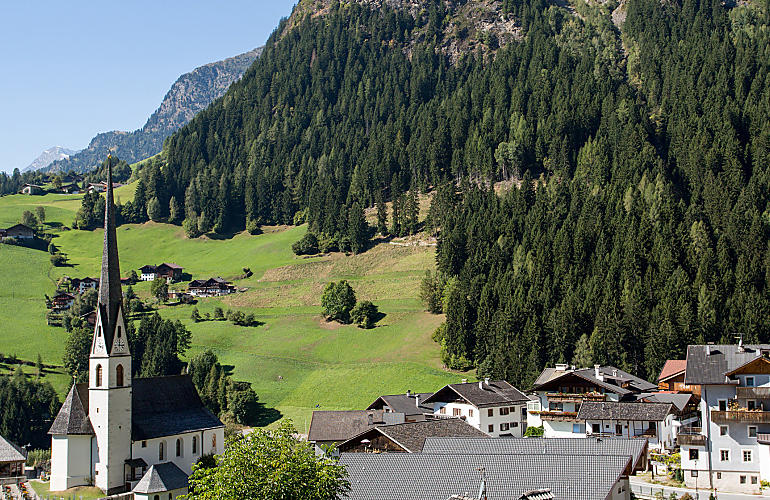
The pearl of the Alps
Holiday location
Farm Holidays in Moos in Passeier
A Farm Holiday in Moos in Passeier means discovering a real gem of South Tyrolean tradition and culture. A quiet holiday, leaving stress behind.
Moos in Passeier lies at 1,007 metres above sea level at the end of the Passeiertal valley on the edge of Alpine natural landscape. The municipality borders on Austria in the north and is accessible in summer via Timmelsjoch pass. The main village of Moos is located on the valley floor amidst meadows and surrounded by the rocky massifs of the Stubai and Ötztal Alps. The villages of Moos, Pfelders, Platt, Stuls, Rabenstein, Ulfas, Hütt and Pill make up the parish.
A Farm Holiday in Moos in Passeier means discovering a real gem of South Tyrolean tradition and culture. A quiet holiday, leaving stress behind.
Moos in Passeier lies at 1,007 metres above sea level at the end of the Passeiertal valley on the edge of Alpine natural landscape. The municipality borders on Austria in the north and is accessible in summer via Timmelsjoch pass. The main village of Moos is located on the valley floor amidst meadows and surrounded by the rocky massifs of the Stubai and Ötztal Alps. The villages of Moos, Pfelders, Platt, Stuls, Rabenstein, Ulfas, Hütt and Pill make up the parish.
The most striking characteristic of Moos is that customs are upheld there: musicians, 'Schützen' riflemen and member of the 'Schneeberger Knappen' association still wear original traditional costume on special occasions and at concerts.
A peaceful idyll
Peace and quiet is the keyword for a holiday in Moos, Platt, Pfelders and Stuls, a district that is mainly famous for its many hours of sunshine. The farms are traditional dairy farms – milk is either processed by the local dairies or by the farmers themselves and then made into tangy cheese. There are two farms in Moos in Passeier that are still only accessible by a goods cable lift from the Timmelsjoch road. Moos has become part of the 'Pearls of the Alps' umbrella brand, which focusses on gentle and sustainable tourism. Excursionists can feel free to leave their cars at their accommodation.
If you think idyllic peace and quiet in the high mountains is monotonous or boring, you'll think again when staying at a holiday flat or room in Moos in Passeier. For example, a spot of 'Ranggeln' goes on at every village fete. This is not a messy scrap, but a traditional martial art practised by young men. It apparently has its origins in ancient courting rituals.
A further major event in the village is the 'Almabtrieb' in autumn, when cattle adorned in festive manner come down from the mountain pastures to the valley. It involves all sorts of traditional culinary specialities, prepared in farm kitchens according with age-old recipes, local 'Goaßlschnöller' whipcrackers take part in competitions and the village music band sets the mood.
Hiking paradise and winter wonderland
The hiking paradise of Moos features countless options when it comes to paths leadingto mountain pastures and huts as well as exceptional mountain routes. A hike in Texelgruppe Nature Park on the Meran high altitude path via Ulfas starting at Moos in Passeier is worthwhile, as is the path to the Stieber waterfalls or to the even more impressive Stuller waterfalls. Lots of mountain pastures encircled with Alpine roses await families with children. In Platt there are glacial mills of up to three metres wide, which were carved out of ice water thousands of years ago. The tremendous power of the water may be seen on the path from Moos to St. Leonhard through the gorge that the Passer river bored in the rocks over the course of many years. Anyone daring to go on a more strenuous tour can do a leg of the E5 European long distance path or walk up to the Timmelsjoch pass. Mountain bikers will be challenged by the highest-lying mountain bike trail over the Eisjöchl in Pfelderer Tal valley.
Staying at a holiday flat in Moos in Passeier also makes a great winter holiday. Farmers are happy to let guests watch them at work in the winter or in the stables and cowsheds, and the countryside is covered with a thick layer of snow, criss-crossed with cross-country skiing runs and features some family-friendly ski slopes at Pfelders. One of the largest ice climbing centres in Europe may be found in Rabenstein.
The most striking characteristic of Moos is that customs are upheld there: musicians, 'Schützen' riflemen and member of the 'Schneeberger Knappen' association still wear original traditional costume on special occasions and at concerts.
A peaceful idyll
Peace and quiet is the keyword for a holiday in Moos, Platt, Pfelders and Stuls, a district that is mainly famous for its many hours of sunshine. The farms are traditional dairy farms – milk is either processed by the local dairies or by the farmers themselves and then made into tangy cheese. There are two farms in Moos in Passeier that are still only accessible by a goods cable lift from the Timmelsjoch road. Moos has become part of the 'Pearls of the Alps' umbrella brand, which focusses on gentle and sustainable tourism. Excursionists can feel free to leave their cars at their accommodation.
If you think idyllic peace and quiet in the high mountains is monotonous or boring, you'll think again when staying at a holiday flat or room in Moos in Passeier. For example, a spot of 'Ranggeln' goes on at every village fete. This is not a messy scrap, but a traditional martial art practised by young men. It apparently has its origins in ancient courting rituals.
A further major event in the village is the 'Almabtrieb' in autumn, when cattle adorned in festive manner come down from the mountain pastures to the valley. It involves all sorts of traditional culinary specialities, prepared in farm kitchens according with age-old recipes, local 'Goaßlschnöller' whipcrackers take part in competitions and the village music band sets the mood.
Hiking paradise and winter wonderland
The hiking paradise of Moos features countless options when it comes to paths leadingto mountain pastures and huts as well as exceptional mountain routes. A hike in Texelgruppe Nature Park on the Meran high altitude path via Ulfas starting at Moos in Passeier is worthwhile, as is the path to the Stieber waterfalls or to the even more impressive Stuller waterfalls. Lots of mountain pastures encircled with Alpine roses await families with children. In Platt there are glacial mills of up to three metres wide, which were carved out of ice water thousands of years ago. The tremendous power of the water may be seen on the path from Moos to St. Leonhard through the gorge that the Passer river bored in the rocks over the course of many years. Anyone daring to go on a more strenuous tour can do a leg of the E5 European long distance path or walk up to the Timmelsjoch pass. Mountain bikers will be challenged by the highest-lying mountain bike trail over the Eisjöchl in Pfelderer Tal valley.
Staying at a holiday flat in Moos in Passeier also makes a great winter holiday. Farmers are happy to let guests watch them at work in the winter or in the stables and cowsheds, and the countryside is covered with a thick layer of snow, criss-crossed with cross-country skiing runs and features some family-friendly ski slopes at Pfelders. One of the largest ice climbing centres in Europe may be found in Rabenstein.
Farm search
Holiday farms in Moos in Passeier
3 reasons
A holiday in Moos in Passeier
Bunker Mooseum:
interesting bunker complex
Worth a visit: Stuls waterfall
and Schneeberg mine
Car-free Pfelders:
wonderful in any season
Smugglers's paths and 'Mooseum'
Smuggling routes used to lead from Passeiertal valley across the border to Austria. Buckwheat, Passeier 'Speck', in-demand even then, and various animal skins were smuggled into Ötztal valley and smugglers packed sugar or tobacco into their rucksacks on their way back.
Smuggling routes used to lead from Passeiertal valley across the border to Austria. Buckwheat, Passeier 'Speck', in-demand even then, and various animal skins were smuggled into Ötztal valley and smugglers packed sugar or tobacco into their rucksacks on their way back.
The most frequented route went over Rotmoosjoch pass and from Rabenstein across Apere Ferwall and Königsjoch into Ötztal valley. Nowadays, there are sometimes guided walks taking place following these historical paths. Culture-lovers can visit the 15th-century Gothic church during their Farm Holiday in Moos in Passeier and the Mooseum housed in the shell of a bunker from 1940. It has a lot of interesting information about the whole area and local history. Chamois goats live in the enclosure around the museum.

